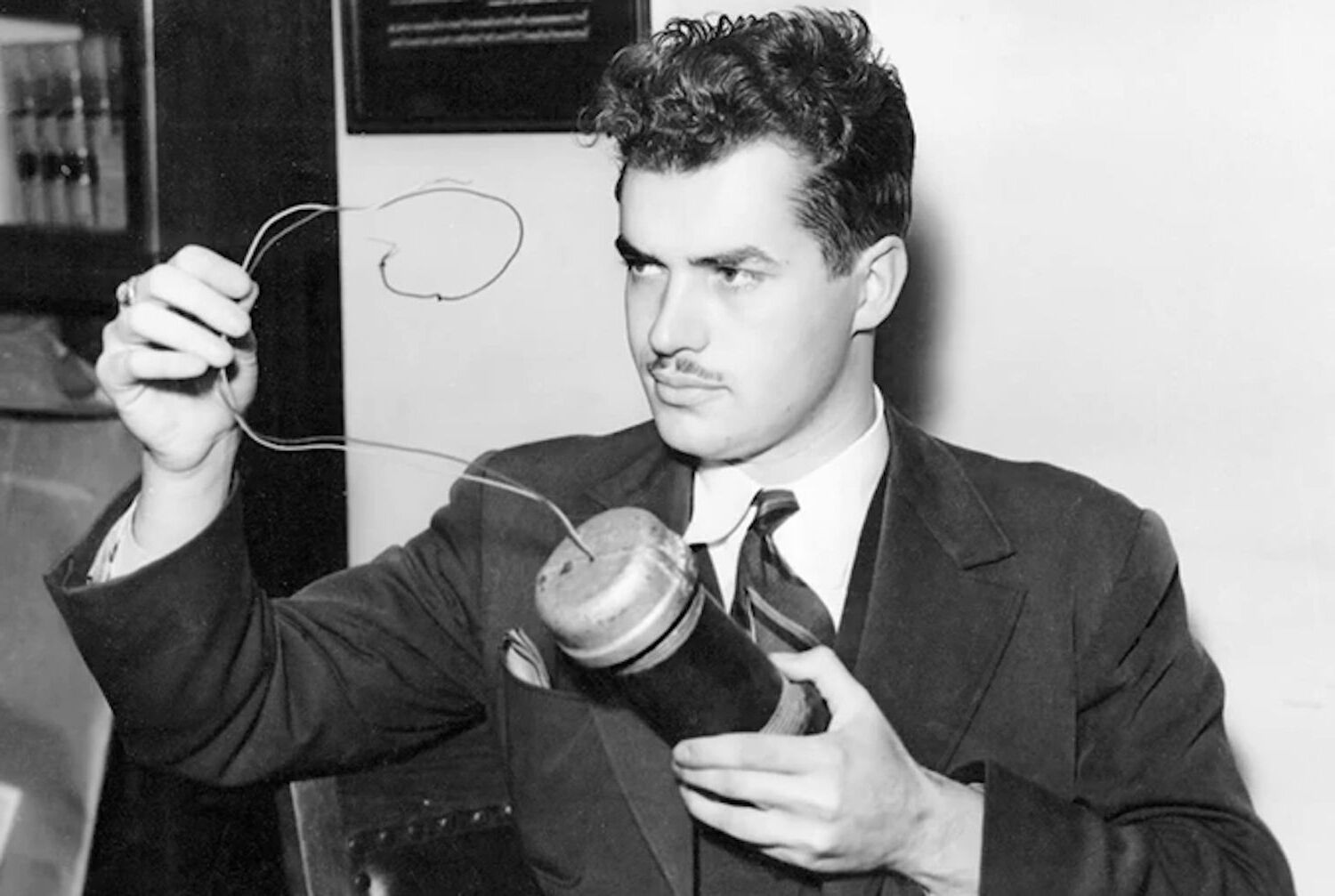
How do teams qualify for the FIFA World Cup? The journey to the FIFA World Cup is a marathon, not a sprint. Starting about three years before the tournament, 211 teams from six confederations—UEFA, CONMEBOL, CAF, AFC, CONCACAF, and OFC—begin their quest. Each confederation has its own qualifying process, involving home and away matches, group stages, and knockout rounds. Points are earned for wins and draws, with tiebreakers like goal difference deciding close calls. High-altitude matches, like those in Bolivia, add unique challenges. The 2026 World Cup will feature 48 teams, making the competition even fiercer. Teams must prepare meticulously, adapting to various conditions and strategies to secure their spot.
Key Takeaways:
- The World Cup qualification process is a long and challenging journey for teams from around the globe, involving multiple rounds, unique challenges, and intense competition.
- Teams from different confederations face diverse obstacles, from high-altitude matches to psychological factors, as they strive to secure a coveted spot in the FIFA World Cup.
The Journey Begins: World Cup Qualifiers
The FIFA World Cup is a global phenomenon, but the road to this prestigious tournament is long and challenging. The qualification process is where dreams are made or shattered. Let's dive into some fascinating facts about World Cup qualifiers.
-
Qualification Process: The journey to the FIFA World Cup starts about three years before the tournament. This gives teams plenty of time to prepare and compete in various matches to secure their spots.
-
Number of Teams: For the 2026 World Cup, 211 teams began the qualification process. These teams come from six confederations: UEFA, CONMEBOL, CAF, AFC, CONCACAF, and OFC.
-
Qualifying Groups: Teams are divided into confederations based on their geographic region. Each confederation has its own process for qualifying, ensuring teams compete against others from similar regions.
-
Qualifying Matches: The 2026 World Cup qualifying matches kicked off on September 7, 2023, with CONMEBOL teams. Qualifying will continue until March 2026.
-
Teams Participating: The qualification process is extensive, involving teams from all over the world. For instance, 200 teams entered the 2002 FIFA World Cup qualification rounds, and 204 countries attempted to qualify in 2010.
Evolution of the World Cup
The World Cup has evolved significantly over the years, expanding to include more teams and giving more regions a chance to shine on the global stage.
-
Expansion of Teams: The number of teams in the World Cup has increased over the years. The tournament expanded to 24 teams in 1982 and then to 32 in 1998, allowing more teams from Africa, Asia, and North America to participate.
-
Historical Participation: Until 1982, only a few teams from outside Europe and South America advanced out of the first round. These included the United States (semi-finalists in 1930), Cuba (quarter-finalists in 1938), North Korea (quarter-finalists in 1966), and Mexico (quarter-finalists in 1970).
-
Recent Success: Since the expansion, teams from Africa, Asia, and North America have enjoyed more success. Examples include Mexico (quarter-finalists in 1986), Cameroon (quarter-finalists in 1990), South Korea (fourth place in 2002), and Morocco (fourth place in 2022).
The Complexity of Qualifying
Qualifying for the World Cup is no easy feat. Teams must navigate a complex process involving multiple rounds and various challenges.
-
Qualifying Process Complexity: The qualification process involves multiple rounds of matches. Teams must win enough matches to accumulate points and secure their spots in the tournament.
-
Home and Away Matches: Teams play both home and away matches during the qualification process. This ensures they face different conditions and opponents, making the competition more challenging.
-
Points System: The points system used in qualifying matches is similar to other international football competitions. Teams earn three points for a win, one point for a draw, and zero points for a loss.
-
Tiebreakers: In case of a tie in points, tiebreakers determine the final standings. These can include goal difference, goals scored, and head-to-head results.
Confederation Qualifying
Each confederation has its own unique process for qualifying, tailored to the teams and conditions in their region.
-
Qualifying Rounds: The qualification process typically involves several rounds, including group stages and knockout rounds. Teams that advance through these rounds earn the right to participate in the World Cup.
-
Confederation Qualifying: Each confederation has its own qualifying process. For example, UEFA teams compete in a series of matches to determine the top teams that will qualify for the World Cup.
-
CONMEBOL Qualifying: CONMEBOL teams compete in a challenging qualifying process that often involves intense matches and high stakes. Bolivia, for instance, has been trying to improve its position in the South American rankings by hosting matches at high altitudes.
-
AFC Qualifying: AFC teams face a similar challenge, with many teams competing for a limited number of spots. The qualification process often involves long journeys and different playing conditions.
-
CAF Qualifying: CAF teams also face a tough qualifying process, with many teams vying for a few spots. The competition is fierce, and teams must perform well to advance.
-
CONCACAF Qualifying: CONCACAF teams compete in a regional qualifying process that includes teams from North and Central America and the Caribbean. The competition is intense, with many teams aiming to qualify for the World Cup.
-
OFC Qualifying: OFC teams face a smaller but equally challenging qualifying process. The competition is often between teams from smaller nations, but the stakes are high for those who aim to qualify.
Unique Challenges in Qualifying
The qualification process presents unique challenges, from high-altitude matches to psychological factors that can impact performance.
-
Qualifying Matches at High Altitude: Some teams, like Bolivia, host matches at high altitudes to gain an advantage. This strategy is controversial, as it can pose significant challenges for visiting teams.
-
Psychological Factors: Psychological and emotional factors play a crucial role in the qualifying process. Teams must maintain maximum intensity and focus to perform well in high-pressure matches.
-
Player Adaptation: Players must undergo evaluations and acclimatization before ascending to high altitudes. This ensures they can perform optimally in challenging conditions.
-
Stadium Conditions: Stadium conditions can significantly affect the outcome of matches. For example, Bolivia’s El Alto Municipal Stadium, which is 4,100 meters above sea level, presents unique challenges for visiting teams.
Preparation and Strategy
Teams must prepare meticulously for the qualification process, considering everything from player selection to breathing exercises.
-
Team Preparation: Teams must prepare meticulously for the qualifying process. This includes training, strategy planning, and player selection to ensure they have the best possible chance of qualifying.
-
Coaching Experience: The experience and expertise of coaches play a significant role in the qualifying process. Coaches like Oscar Villegas in Bolivia are crucial in leveraging the difficult altitude to their advantage.
-
Player Selection: Teams must select players who are accustomed to the playing conditions. For instance, Bolivia’s selection of players from local clubs like Always Ready and Bolívar helps them adapt to the high altitude.
-
Breathing Exercises: Some teams, like Venezuela, prepare through breathing exercises and acclimatization in baric chambers to mitigate the effects of high altitude.
Regulations and Research
FIFA and other organizations have specific regulations and research to ensure fair play and player safety during the qualification process.
-
FIFA Regulations: FIFA has specific regulations regarding high-altitude matches. Although they initially criticized high-altitude matches in La Paz, they later reversed their decision after Bolivia raised objections.
-
CONMEBOL Approval: The El Alto Municipal Stadium has received approval from CONMEBOL, ensuring it meets all necessary requirements for hosting international matches.
-
Research Limitations: Research on the effects of playing soccer at altitudes above 4,000 meters is limited. However, it is consistently recommended that athletes undergo prior evaluations and have a period for adaptation before competing at such elevations.
-
Advantage Claims: Claims that Bolivia enjoys a distinct advantage at high elevations are skeptical. Bolivia has previously lost on its home turf, indicating that the altitude alone does not guarantee victory.
Historical Context and Future Prospects
Understanding the historical context and future prospects of World Cup qualifiers provides a deeper appreciation for this grueling process.
-
Historical Participation: Bolivia has not qualified for the World Cup since 1994, making their current efforts crucial for their return to the tournament.
-
Qualifying Groups in 2026: The 2026 World Cup will feature 48 teams, divided into qualifying groups based on confederations. This expansion allows more teams to participate and increases the competition.
-
Qualifying Schedule: The qualifying schedule for the 2026 World Cup is extensive, with matches taking place from September 2023 to March 2026. This timeline allows teams ample time to prepare and compete.
-
Qualifying Matches in CONMEBOL: CONMEBOL teams have been competing in the qualifying process since September 2023. The matches are intense, with teams vying for a limited number of spots in the World Cup.
-
Qualifying Matches in UEFA: UEFA teams have also been competing in their qualifying process. The competition is fierce, with many teams aiming to secure one of the few spots available.
-
Qualifying Matches in AFC: AFC teams face a similar challenge, with many teams competing for a limited number of spots. The qualification process often involves long journeys and different playing conditions.
-
Qualifying Matches in CAF: CAF teams also face a tough qualifying process, with many teams vying for a few spots. The competition is intense, and teams must perform well to advance.
-
Qualifying Matches in CONCACAF: CONCACAF teams compete in a regional qualifying process that includes teams from North and Central America and the Caribbean. The competition is intense, with many teams aiming to qualify for the World Cup.
-
Qualifying Matches in OFC: OFC teams face a smaller but equally challenging qualifying process. The competition is often between teams from smaller nations, but the stakes are high for those who aim to qualify.
The Road to the World Cup
The World Cup qualifiers are a grueling yet thrilling journey for teams worldwide. Starting three years before the tournament, 211 teams from six confederations compete fiercely to secure their spots. The process involves home and away matches, a points system, and tiebreakers, making every game crucial. Each confederation has its own unique challenges, from high-altitude matches in CONMEBOL to long journeys in AFC. Teams must prepare meticulously, considering factors like player adaptation and psychological resilience. The 2026 World Cup, featuring 48 teams, promises even more excitement and competition. As teams gear up for this epic journey, the qualifiers highlight the dedication, strategy, and passion that make the World Cup a truly global event.
Frequently Asked Questions
Was this page helpful?
Our commitment to delivering trustworthy and engaging content is at the heart of what we do. Each fact on our site is contributed by real users like you, bringing a wealth of diverse insights and information. To ensure the highest standards of accuracy and reliability, our dedicated editors meticulously review each submission. This process guarantees that the facts we share are not only fascinating but also credible. Trust in our commitment to quality and authenticity as you explore and learn with us.


